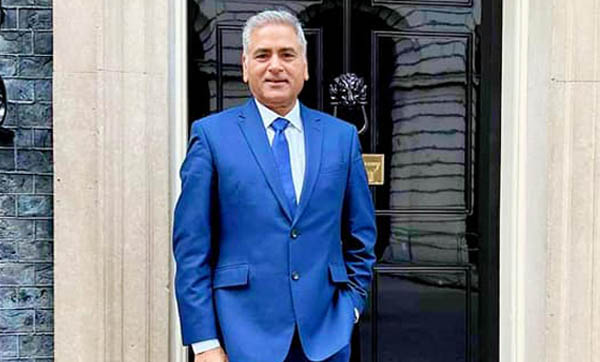Countries Without National Airlines

Dr Ashraf Chohan
Chief Editor Daily Rapid
Several countries do not have a national airline, either because they have chosen not to maintain one or because previous national carriers have ceased operations.
In some cases, these countries are small, have low demand for air travel, or are close to other nations with robust air travel networks, making it unnecessary or impractical to maintain a national airline.
Here are some examples:
- Andorra – This small landlocked country in the Pyrenees between France and Spain does not have an airport or a national airline. The nearest airports are in France and Spain.
- Liechtenstein – Similar to Andorra, Liechtenstein is a small landlocked country in Europe without an airport or a national airline. Travelers usually fly into Zurich, Switzerland, and drive or take a train to Liechtenstein.
- Monaco – Another small European country, Monaco also lacks an airport and a national airline. The closest airport is in Nice, France.
- San Marino – Located within Italy, San Marino does not have its own national airline. It is served by nearby airports in Italy.
- Vatican City – The smallest independent state in the world, Vatican City does not have an airport or a national airline. The nearest airport is in Rome, Italy.
- Palau – The Pacific island nation of Palau does not have a national airline. It is served by international airlines from neighboring countries.
- Nauru – Nauru had a national airline called Air Nauru, which was rebranded to Our Airline and then Nauru Airlines. However, it operates more like a regional carrier and is not always classified as a national airline in the traditional sense.
- Kiribati – Kiribati’s national airline, Air Kiribati, operates limited flights, but the country relies heavily on foreign carriers for international connections.
- Tuvalu – Tuvalu does not have a national airline, relying instead on international airlines for connectivity.
- Comoros – The Comoros islands do not have a national airline, though they are served by several international carriers.
- East Timor (Timor-Leste) – Although it had a national airline, Air Timor, it primarily operated charter services and is not active in the traditional sense.
- Pakistan
Pakistan still technically has a national airline, Pakistan International Airlines (PIA), but it has faced significant challenges in recent years that have led to operational difficulties, a tarnished reputation, and financial troubles. Here are some key reasons why PIA has struggled and why it might feel like Pakistan no longer has a functional national airline:- Financial Troubles: PIA has been plagued by severe financial difficulties for many years. The airline has accumulated significant debt, leading to an inability to maintain operations efficiently. This financial instability has made it difficult for PIA to compete with other airlines and maintain a regular flight schedule.
- Operational Challenges: The airline has faced numerous operational issues, including the grounding of aircraft due to maintenance problems, inefficiencies in management, and challenges in meeting international aviation standards. These operational difficulties have led to disruptions in service and reduced the airline’s reliability.
- Safety and Certification Issues: In 2020, the European Union Aviation Safety Agency (EASA) suspended PIA’s authorization to operate in Europe after a scandal involving fraudulent pilot licenses came to light. A significant number of PIA pilots were found to have obtained licenses through questionable means, raising serious concerns about safety. This ban severely limited PIA’s international operations and damaged its reputation. This was officially revealed in the floor of National Assembly by the in charge minister of incumbent Imran Khan’s government. The government could not fix the issue and instead made it public leading to cancellation of most of the operations of PIA.
- Management and Corruption Issues: PIA has long been criticized for mismanagement and corruption. Over the years, there have been allegations of political interference, nepotism, and poor decision-making at the top levels of the airline’s management. These issues have contributed to the airline’s decline.
- Competition: PIA has faced stiff competition from both international and regional airlines. With more reliable and efficient options available, many travelers have opted for other carriers, further reducing PIA’s market share and revenue.
- Public Perception: Due to the aforementioned issues, PIA’s reputation has suffered significantly, both domestically and internationally. Many people now prefer to fly with other airlines, contributing to the perception that Pakistan effectively lacks a viable national airline.
While PIA is still operational, its reduced service capacity, financial instability, and reputational damage have led to a situation where it struggles to fulfill the role of a strong, reliable national carrier. There have been discussions and attempts to revive or reform PIA, but significant challenges remain.






